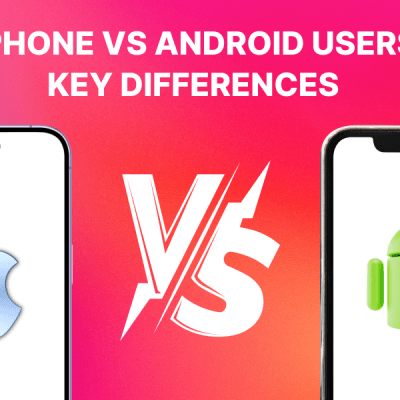In the present organizational scenario, a lot is happening on the IT front that are poised to fundamentally change the IT landscape. Enterprise mobility is one such factor. Given the way enterprise mobility is moving presently,the associated security risks as well as costs involved pose significant organizational challenges.
 Those at the helm of organizations have witnessed changes coming with great ferocity in the past. Starting from the mainframe era right down to the era of the Internet, organizational honchos have been dealing with change. The next change that they are about to witness at great speed is enterprise mobility.
Those at the helm of organizations have witnessed changes coming with great ferocity in the past. Starting from the mainframe era right down to the era of the Internet, organizational honchos have been dealing with change. The next change that they are about to witness at great speed is enterprise mobility.
Enterprise Mobility and change
Let’s take a quick look at why enterprise mobility coupled with BYOD can cause series of changes in how enterprises function and the outcomes galore.
Today’s younger generation is entering the work-force and is bringing along with it a different set of values and beliefs. Additionally, the cost of computing equipment has also gone down, making personally-owned computing equipment affordable. This has brought the entire range of such equipment in vogue and also under the scope and ambit of Bring your own device, or BYOD.
How BYOD is affecting organizations
Thus, in an effort to improve productivity as well as expand the functionality of the office beyond traditional boundaries and brick walls, many managers encouraged the use of personal devices to accomplish organizational tasks and achieve organizational goals. This definitely has led to a lot of blooming of opportunities, but at the same time, these have led to many challenges such as security, cost, as well as governance. Thus, the reactions from various CEOS and CIOs are mixed, but widely in favor of BYOD within the organization.
To add to the potpourri of options available, the recent availability of a wide range of technology solutions have made things even more complicated those at the operational helms. However, with the problems, many opportunities have also arisen,a and many organizations are looking at the introduction of organizational focused tablets instead of laptops in the near future.
What Enterprise Mobility has in store for Enterprise IT
Thus, the introduction of technology on one hand is helping organizations uncover more uncharted territories and bringing more opportunities under their vista, but on the other hand, the introduction of very high performing devices as well as cloud based applications has led Enterprise IT to the threshold of revolution.
Hence, variables such a cost, governance, as well as security must be addressed so that the full potential for enterprise security against the backdrop of organizational mobility can be managed.
In order to make your enterprise mobile, Your organization needs to embrace mobility. Hence, you will need to define your mobile policy. This entails creation of a clear set of policies that will guide the IT strategy of your app development company and match your employee expectations. The crux of the matter is how your organization will treat personal gadgets such as smartphones and tablets.
You will also need to build the support infrastructure and finally integrate mobility into enterprise IT. This will require a reassessment of the architecture and application road map within each IT organization.
Conclusion :
Despite mobility being expensive, which means over 40% of CIOs cited the cost as a critical challenge, businesses can manage the cost issue by adopting a tiered approach. Since mobility is the new frontier in IT, the management as well as those involved will need to address challenges as well as concerns so that a reliable service can be delivered in a complex environment that is always subject to change.



